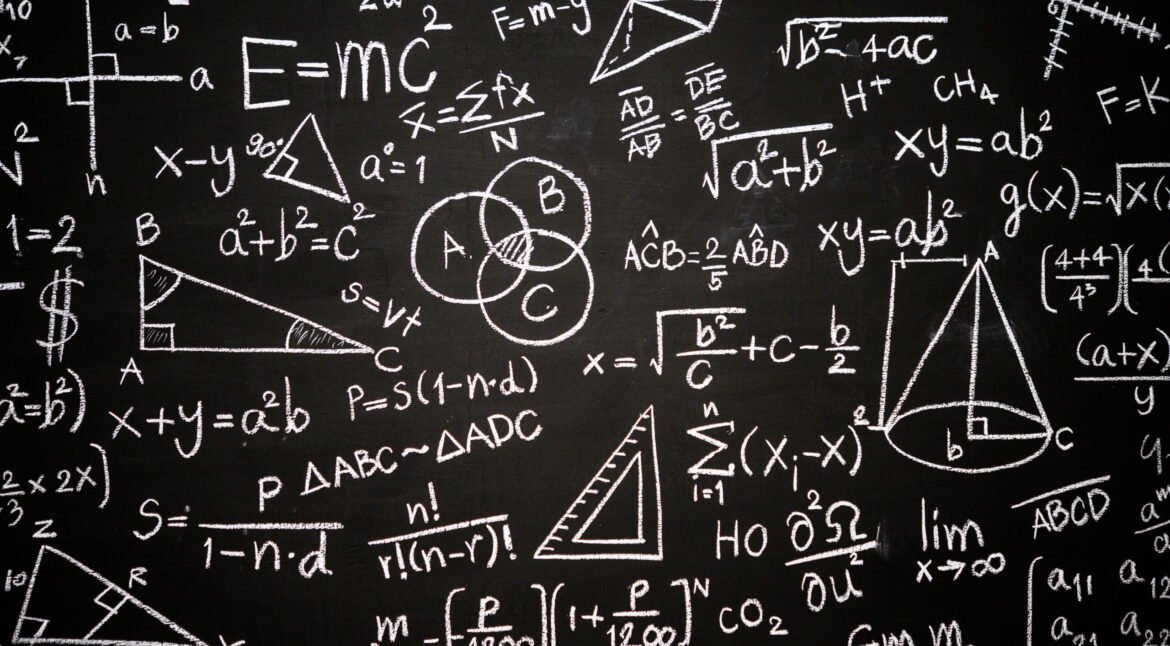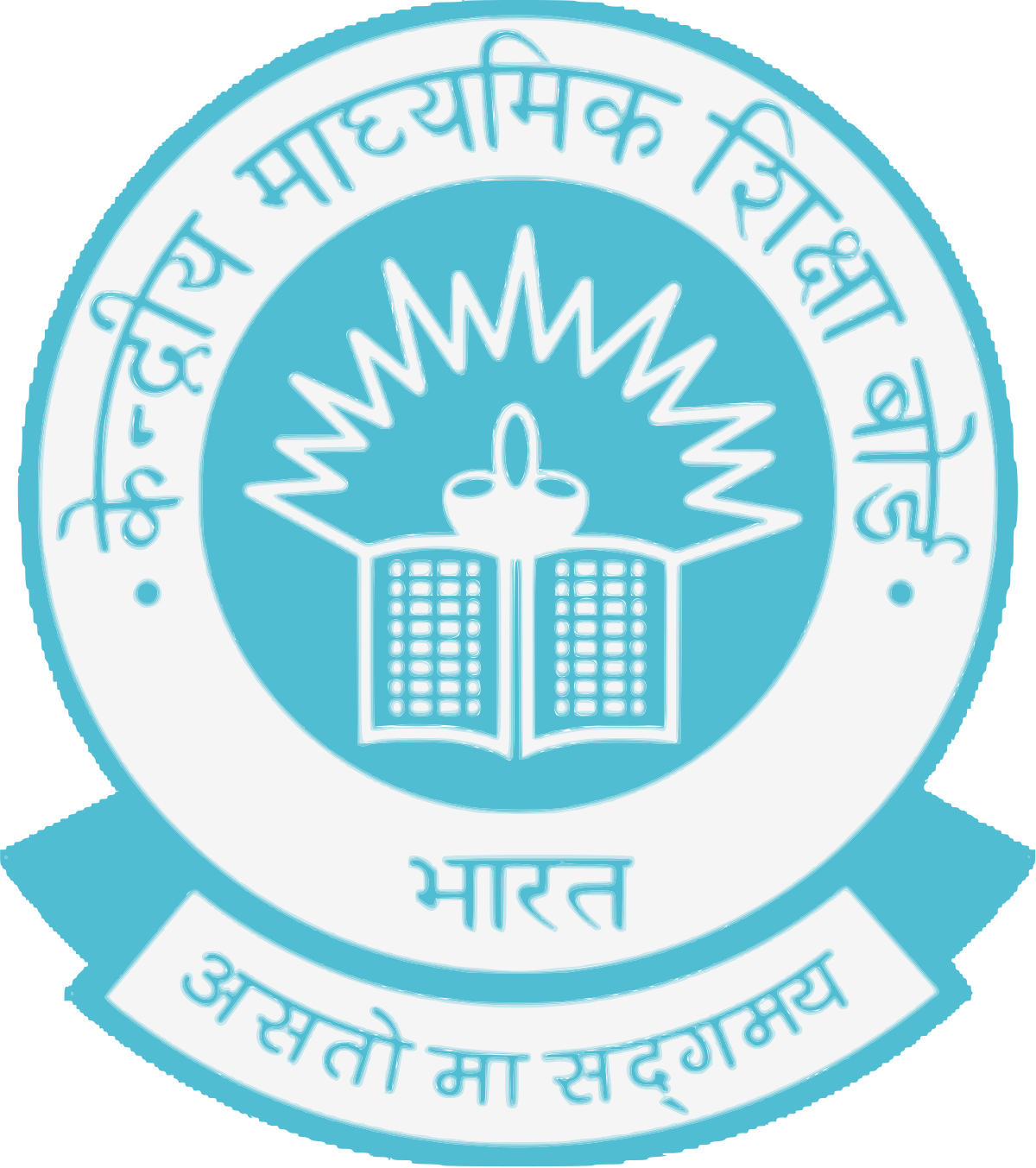Experimental and Interactive Methods to Teach Physics
Prepared by Tharunnya M A
Introduction – Experimental Method:
It is well documented that traditional methods of long lectures and seminars do not help the students to acquire a deep understanding of the concepts. Consequently, they were not able to apply the concepts in real life problem solving (Slovak version of Hane et.al. 2005). Hence, I propose, the use of “nontraditional methods “that involve performing simple experiments and interactive learning to recall, reinforce and introduce basic concepts of physics. The proposal is based on a study carried out by Kristak et.al 2013. According to this, the teacher explains the basic components of the concept followed by presenting a real-life situation (video/ text/experiment), asks the students to analyze and put forth their understanding, corrects and explains the misconceptions and finishes the topic with a small quiz.
Flipped Classroom Method:
In this method, students view video lectures on their own and then engaging in active learning during scheduled class times.
Alternatively, we could give lecture notes and ask the students to read and come. This material will not be covered in the class lecture, instead main points will be summarized.
We take online quizzes to enforce lecture viewing, take three or more in-class exams, and prepare to participate in active learning during scheduled class times. Active learning approaches included individual activities, paired activities, informal small groups, and large group activities.
This will be followed by clicker questions and discussions, specific mathematical derivations, demonstrations and simulations, questions, and answers, and worked examples, as part of the classroom activity.
UNIQUE SELLING PROPOSITION
Transforming Physics from dry-difficult- boring subject to interesting-fun-everyday subject.
Objectives and Scope: This method can be successfully used for students of grade seventh- twelfth. The aim is to make Physics interesting and simple enough for the students to understand, remember and apply the gained knowledge.
- Explanation of components of a Physics Law/Concept helps the students to recall their previously gained understanding.
- Presentation of real-life situation involving the Physics Law/concept helps to relate the subject with everyday life.
- Analyzing the situation by the students helps them to be interactive, recollect past knowledge and brainstorm. This makes the subject interesting and instills deeper understanding of the concept.
- Discussing and correcting the explanations given by students, by the teacher, helps to remove any misconceptions, improves practical skills, and introduces further details to already learnt concept.
- Quiz on the concept helps to reinforce the learning and fixes the knowledge without any confusion.
STRATEGY DESCRIPTION
Part 1
Teaching Ohm’s Law (3 step process in class) – Grade 10 (20 students) Experimental Method
Preparation of the concept (recall)
- Components of Ohm’s law are explained in the class. Such as Current, Voltage, Resistance, Conductors, Insulators, methods of measuring these quantitatively (Ammeter, Voltmeter etc.).
- Simple circuit diagram is drawn on the board. A video is shown in the class demonstrating the law in a real-life situation
Interactive Learning (participation, brainstorming, making mistakes)
- Students are asked to name the components and give the order of their attachment in a circuit to exhibit passage of electricity. Any incorrect answers will be corrected by the teacher and explanation given for the same.
- Using the instruments given in the Physics Laboratory, a circuit will be assembled in the classroom.
- Concept of constant and variable factors are introduced which are important for any experiment.
- Students use the circuit to measure current with changing voltage. They conclude from the obtained readings.
- Students state Ohm’s law in their own words based on the experiment they conducted.
Fixing of the knowledge
8. A simple quiz (theoretical + numerical questions) is handed out to the students that helps them to understand, introduce and reinforce Ohm’s law.
Part 2
Teaching Diffraction of Light – Grade 12 (26 students)
Flipped Classroom Method
In class exam based on the Lecture video is given – Could be a “Minute test” or a short exam depending on the time available.
Activity:
The class is divided into groups of 5 members. Following materials will be provided.
- Glass Tumbler
- Liquid
- Laser
- Glass slab
- The team must plan an activity to prove this phenomenon using the given set materials and they must state the factors on which diffraction depends and how?
CONCLUSION
These methodologies will have limitations such as
a) Time management, especially, for large and detailed concepts.
b) For large class size, its better to be done in groups rather than individuals.
c) May still involve traditional teaching methods (Chalk and Talk) such as for derivations.
However, this methodology would no doubt make learning Physics more enjoyable and would keep the students attentive. This exercise would help in relating the subject to everyday experiences ensuring deeper learning without any confusion.
BIBLIOGRAPHY
1.https://www.ncbi.nlm.nih.gov/pmc/articles/PMC3592730/
2.Methods of Teaching Physics at Technical Universities written by David M. Harrison and Stephen W. Morris, Dept. of Physics, University of Toronto




